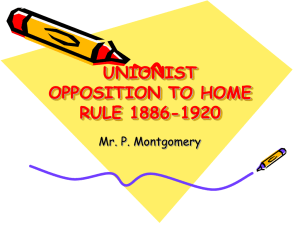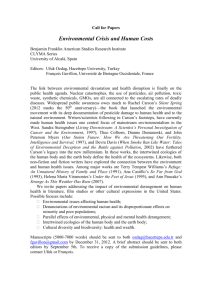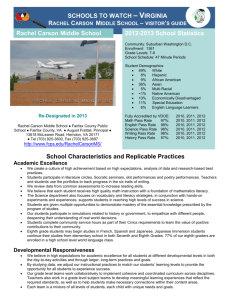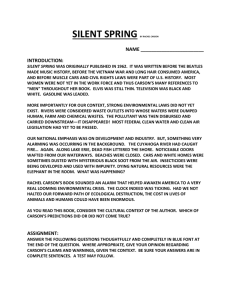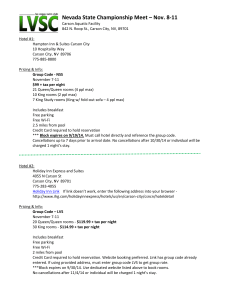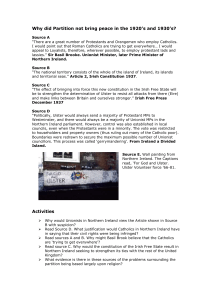Edward Carson
advertisement
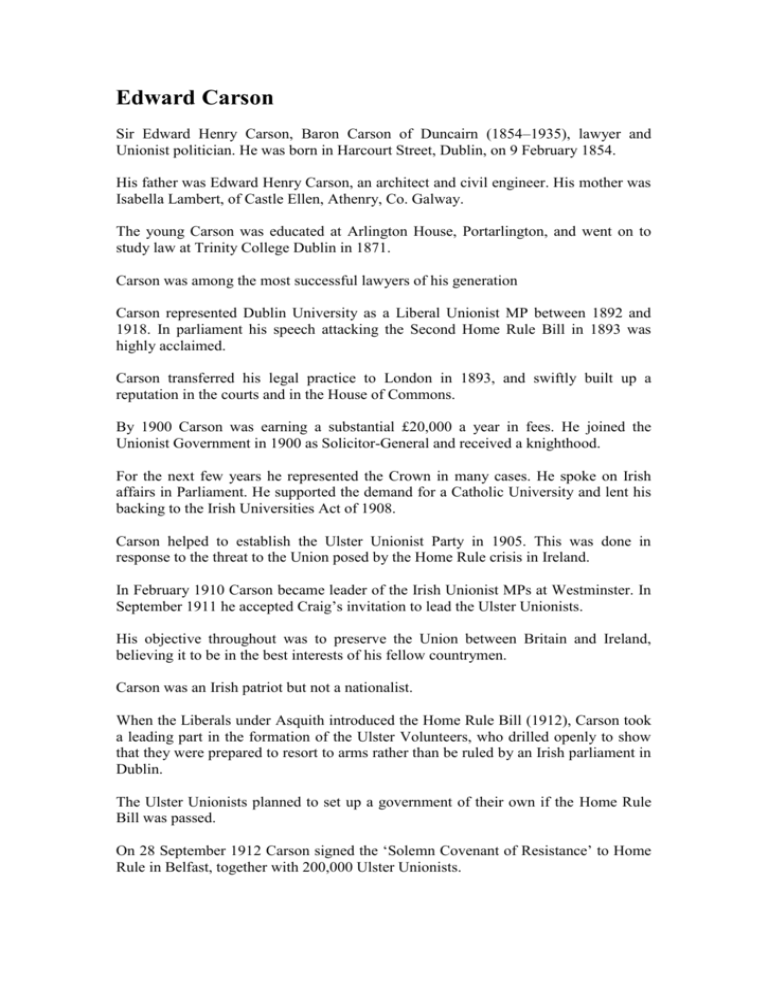
Edward Carson Sir Edward Henry Carson, Baron Carson of Duncairn (1854–1935), lawyer and Unionist politician. He was born in Harcourt Street, Dublin, on 9 February 1854. His father was Edward Henry Carson, an architect and civil engineer. His mother was Isabella Lambert, of Castle Ellen, Athenry, Co. Galway. The young Carson was educated at Arlington House, Portarlington, and went on to study law at Trinity College Dublin in 1871. Carson was among the most successful lawyers of his generation Carson represented Dublin University as a Liberal Unionist MP between 1892 and 1918. In parliament his speech attacking the Second Home Rule Bill in 1893 was highly acclaimed. Carson transferred his legal practice to London in 1893, and swiftly built up a reputation in the courts and in the House of Commons. By 1900 Carson was earning a substantial £20,000 a year in fees. He joined the Unionist Government in 1900 as Solicitor-General and received a knighthood. For the next few years he represented the Crown in many cases. He spoke on Irish affairs in Parliament. He supported the demand for a Catholic University and lent his backing to the Irish Universities Act of 1908. Carson helped to establish the Ulster Unionist Party in 1905. This was done in response to the threat to the Union posed by the Home Rule crisis in Ireland. In February 1910 Carson became leader of the Irish Unionist MPs at Westminster. In September 1911 he accepted Craig’s invitation to lead the Ulster Unionists. His objective throughout was to preserve the Union between Britain and Ireland, believing it to be in the best interests of his fellow countrymen. Carson was an Irish patriot but not a nationalist. When the Liberals under Asquith introduced the Home Rule Bill (1912), Carson took a leading part in the formation of the Ulster Volunteers, who drilled openly to show that they were prepared to resort to arms rather than be ruled by an Irish parliament in Dublin. The Ulster Unionists planned to set up a government of their own if the Home Rule Bill was passed. On 28 September 1912 Carson signed the ‘Solemn Covenant of Resistance’ to Home Rule in Belfast, together with 200,000 Ulster Unionists. Carson urged people not to be ‘afraid of illegalities,’ and in April 1914 the Ulster Volunteers landed guns at Larne, Co. Antrim, in defiance of the British government. The Home Rule Bill became law in August 1914 but its operation was immediately suspended until after the war. By this time Carson had come to support Irish partition as a solution. He accepted that Home Rule was inevitable. Carson was appointed Attorney-General on 25 May 1915 but resigned on 19 October in protest at the Government’s conduct of the war. After the Easter Rising he was assured by Lloyd George that the six north-eastern counties would be excluded from the Home Rule Act (1914). When the war ended he became MP for the Duncairn division of Belfast. He published the book Ireland and Home Rule in 1919. With Carson’s advice and with Ulster Unionist support the Government of Ireland Act was passed in 1920. Under this Act parliaments were to be established in the North and in the South. Its aim was to keep both jurisdictions under Westminster control and satisfy and reconcile legitimate Unionist and Nationalist aspirations. In addition, a Council of Ireland was to be established to consider questions of common concern. Carson described the Council as ‘the biggest advance towards unity in Ireland’. In July 1920 he supported Craig in calling for the reorganising of the Ulster Volunteer Force. In May 1921 Carson resigned the leadership of the Unionist Party. In 1921 he accepted a peerage as Baron Carson of Duncairn. He strongly criticised the Anglo-Irish Treaty (1921), but from a southern Irish Unionist perspective. Carson continued as a law lord, between 1921 and 1929, defending the interests of southern Unionists in the new Irish Free State. He attended the opening of the new Northern Ireland parliament buildings at Stormont in 1932, and unveiled his own statue in front of the buildings in July 1933. He died on the 22 October 1935 and was given a state funeral in Belfast. He was buried in St Anne’s Cathedral, Belfast.
